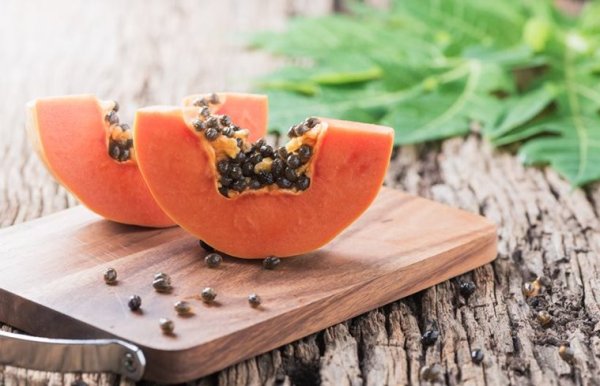Home » Health News »
From watery eyes to blurred vision: Know the symptoms of weak eyesight in children
Even though it is advised to consult an ophthalmologist on a regular basis to ensure that your eyesight is healthy, following a proper diet and exercise regime is also essential.

The use of mobile phones and electronic gadgets among toddlers is on the rise. Many young children, and even teenagers, are spotted with their eyes glued to mobile phone screens these days. While it is fine to sometimes keep young children occupied with mobile phones, parents, owing to their busy schedules, often tend to keep them occupied throughout the day. This, in turn, is leading to an increase in the number of children, especially under the age of eight years, with poor eyesight.
Age-related vision degradation is common, but one of the easiest preventable measure includes keeping digital gadgets away from children. Parents need to be aware of certain symptoms that can indicate a poor eyesight in their children, says Dr Ritika Sachdev, additional director, Centre for Sight.
Below she lists some symptoms that indicate weak eyesight, while suggesting foods that will ensure your vision is healthy.
Some of the symptoms include:
*Watery eyes
*Blurred vision
*Kids unable to read out clearly
*Frequent irritation or redness in the eyes

These symptoms, along with headaches, are the most common indication of depleting eyesight and suggest that it is time to consult an ophthalmologist. These symptoms can develop irrespective of age, but can sometimes depend on the profession in case of adults.
The importance of proper nutrition may not be well understood in developing countries like India. Lack of awareness and preventive measures have given rise to cataract (where the lens of the eyes gets clouded) and glaucoma (a condition that causes damage to the eyes optic nerve and can even lead to blindness) among the youth as well. Creating awareness about the consequences should be the first preventive step. Healthy diet for a better vision includes rich sources of Vitamins (A,D, E, K, B12).
Some fruits and vegetables that should be included in the diet:

*Sweet potatoes: 100g contains 283% Vitamin A(of DNV), 4% Vit C and 10% Vitamin B6. It is also rich in sodium (2% or 1.8 gms) and potassium (337mg or 10%) – regulating the intraocular pressure.
*Dark leafy green vegetables are also rich in vitamin A which are very good for the eyes.
*Carrots are the best source for Vitamin A. Smokers should try and consume 30-40 per cent more of it than non-smokers.
*Dried fruits, especially apricots, can be consumed any time of the day.
*Fish is not only rich in protein that helps improve metabolism, but is also a rich source of Vitamin A.

*Fruits like mangoes and papaya should also be included in the diet.
Consult an ophthalmologist on a regular basis to keep a check on your vision. Following a proper and timely diet along with exercise keeps the blood circulation better. Sedentary lifestyle should be changed as far as possible. Taking precautionary measures in the early stages can help prevent ocular problems becoming an epidemic among the youth.
Source: Read Full Article



